FREDERICO FILIPPI | KM 260 – BR 319
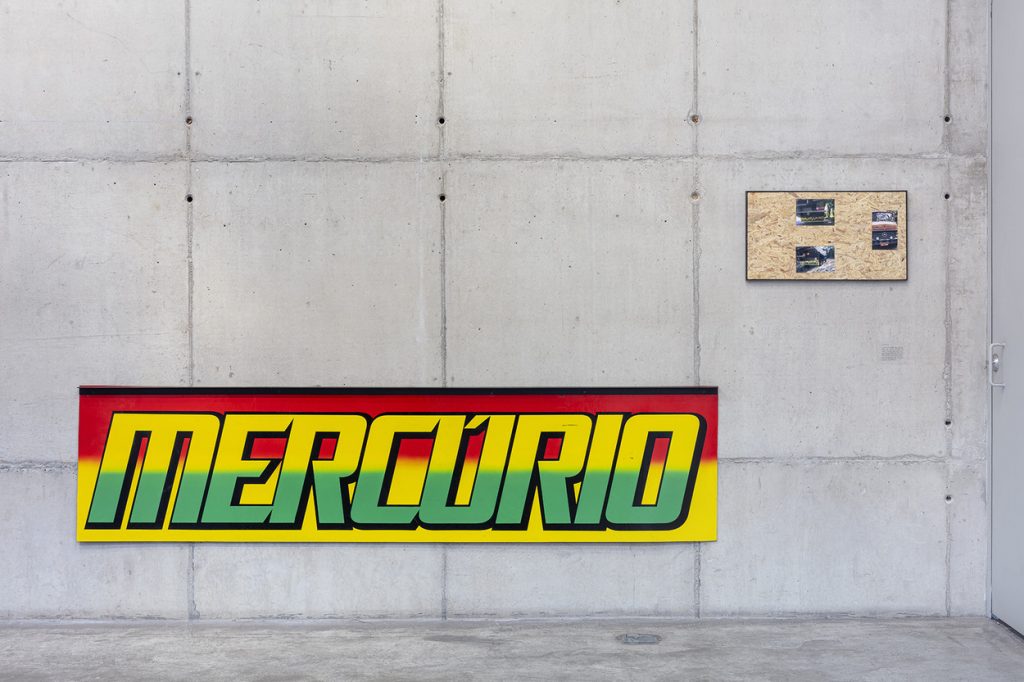
Frederico Filippi’s work usually opposes elements from diferente universes, composing an arrangement of tension of the given reality. Now he returns to the region of the KM 260 of BR 319, in Amazonas, where he works alongside COOPMAIA (Igapó Açu Managers Cooperative) and Casa do Rio. Working in the region since 2016, the artist has already participated in the construction of the school of Igapó, and is now a part of the development of the Movelaria [Furniture] of Igapó, an initiative to generate income, permanence and autonomy through the handling and processing of wood.
Frederico acts as a pendulum, sometimes in his studio, sometimes in the field and it is common for the artist to get involved with joint efforts and community projects, according to him, “just to be in his place of interest, bringing some work to that specific context”.
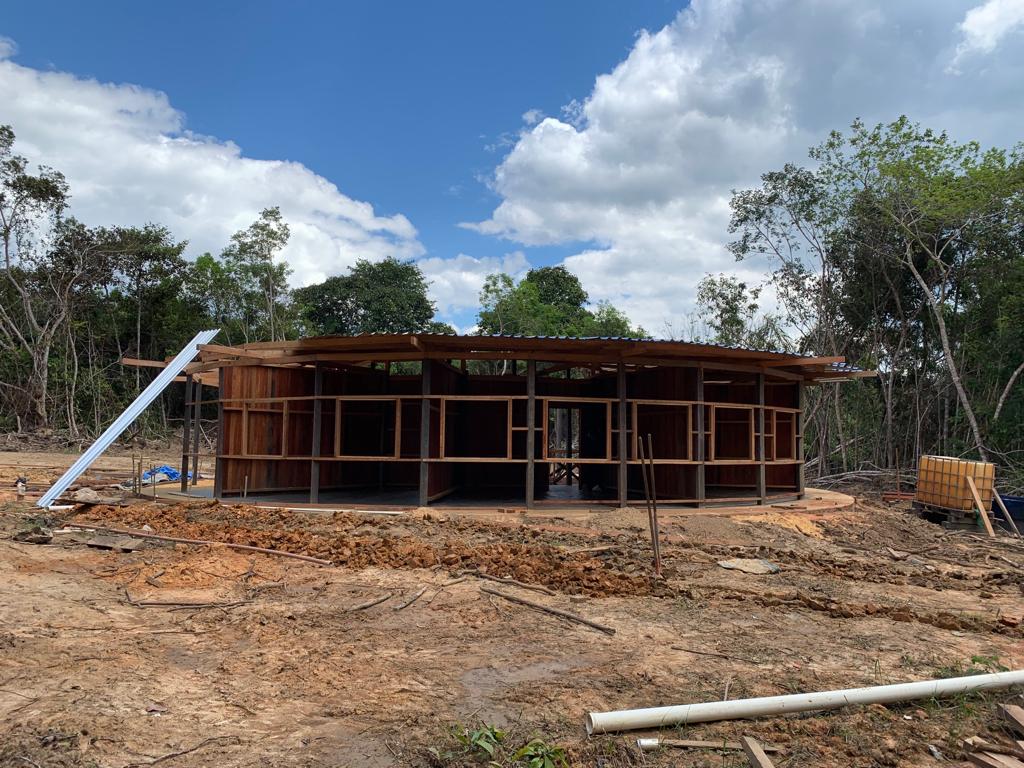
“ In the case of Igapó, the road paving plan will necessarily move all families away from the river, where there will be a bridge. The efforts are to reorganize and the idea of autonomy is so that families do not have to leave, neither send their children to study away. Permanence and a better life are the goals. In between, there is a lot.
Where there are roads in the Amazon, this tension exists. On the other hand, there is a claim for the right of access and also the right to come and go. Like all questions there, there is a complexity. This multiplicity of existing sides for this tensions is part of my work, being there working helps to absorb the ambiguities.
The border is a place of friction. There is a movement of advancement and resistance, almost sculptural, that involves things, people, spaces and the imaginary between two ends.”

The artist claims that he is a son of this side of the border, of the industry, of the asphalt. However, moving from here to there is part of his pendulum.
“ It is not an Amazon-specific issue, it could be the time of the invasion of America, centuries ago, or the wear of a rock to pull planks of millions of years of geology for sinks and kitchen countertops. What interests me is the wear and tear of the extraction, I am there because of the dream I had of going and I stayed and worked. I need to be there as much as I need to be back in a junkyard.
The types of conflicts and contradictions that exist in the advance on the forest still make me confused, because if you want to stop the lumber mil but you do not want the solid wood modernist furniture to end in the upscale neighborhoods that cry out against deforestation. There are tensions, ambitions, people’s needs; the asphalt is desired there just as chestnut tree is desired standing, the internet is desired as mercury-free water is. What is the measure of this encounter? Is there possible accommodation? This message is being read on a screen, these screens need minerals, the pressure that is not only from these malevolent entities in power, it is from the generalized habit of people. Among the enemies, we are included in the front.”

“Extractivism goes beyond the natural resource, it is a practice of wear and tear, of friction of things over people, discourses about places and places about things. The field of art is even part of the problem. This pendulum transit is my way of of moving, of rubbing one ideia against the other, one material against the other.”
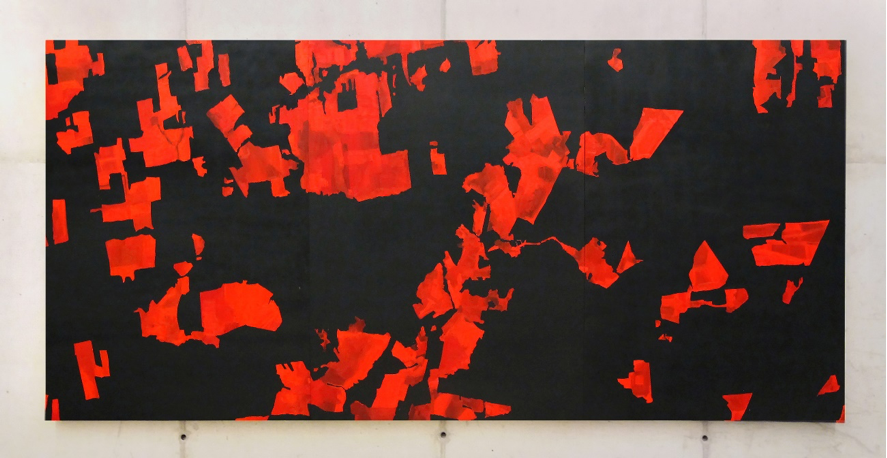
The artists most recent production coincides with his research on the arc of deforestation.
“The arch is a metaphor for this advance, like a wave that reverberates from the beginning and goes around the world. Part of it is on the edges of Amazonas, Pará and Rondônia. It can be undestood as a continuation of the larger wave, which reverberates for a few centuries, like the navigations that took place by the sea currents or the migratory movements that expanded in a peristaltic way through the land. Forward and backward, pushing with pulse and rythm. An organism digesting what preceded it, transforming the unintelligible ahea into a construct, an enzyme, breaking down, molecule by molecule, a huge carcass, without haste, leaving residues and by-products that we can classify and that serve as our names”
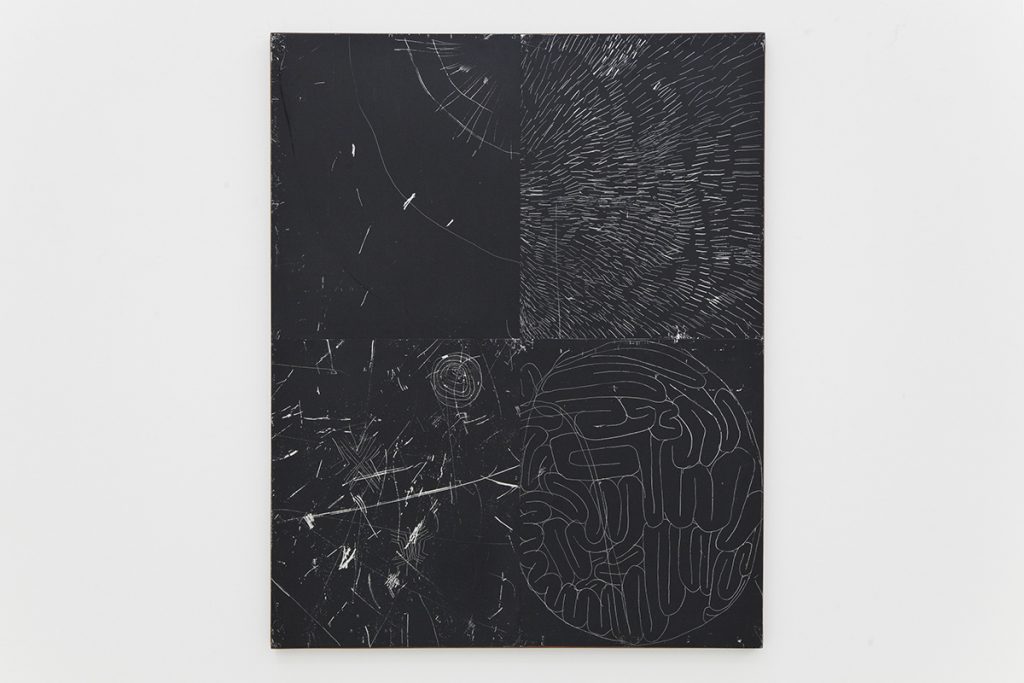
“It means to me that there’s a constant friction between what’s before the arch’s convexity and the arch’s concavity, of people looking for a good life, trying to exist before and after the arch passes, of species trying to exist before and after, of ideas, of materials that meet, contaminate each other, of arrangements.
Nothing is very defined, the contours of what is right there, for me, are camouflaged like animals are inside the optical labyrinth of a forest.”

“Threats exist, but sometimes you have a drink with it at the bar. Everything I expected to see I saw the opposite, none of my expectations were met and that was the biggest learning experience, and it still is. The first time I went there, a 5-centimeter tucumã thorn entered my leg, leaving me lame, because I thought I knew how to walk in the forest. I was unhumble, as my friend there says. And at the time Jorge Menna Barreto, we were together, wrote about the episode:
Taking a step back, I felt a sting rip through my calf. Stings also on my hand as I lost my human balance and suspended for a few seconds the supposed ability to read the world around me. God is big, but the forest is bigged. I finally arrived.
Then I had to relearn to see everything there and, consequently, here. I am stuck there”.
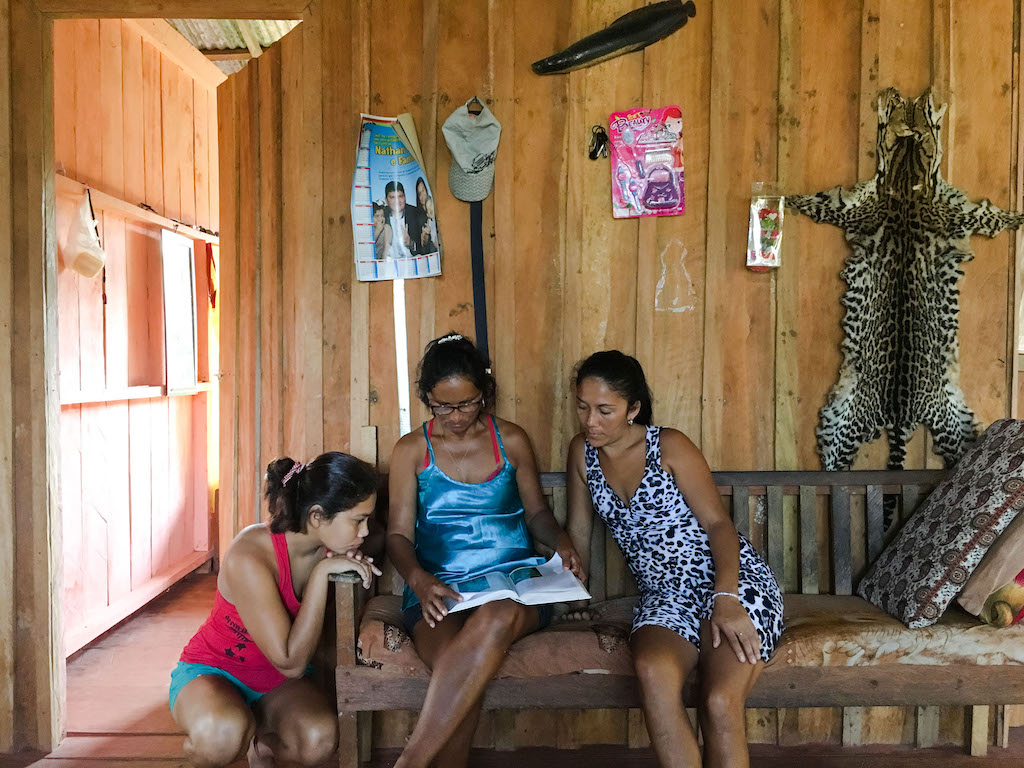
TO LEARN MORE ABOUT THE ARTIST, CHECK THE WEBSITE.